Analogue Pocket review: I've been using this retro console for a year, and it remains the best Game Boy alternative
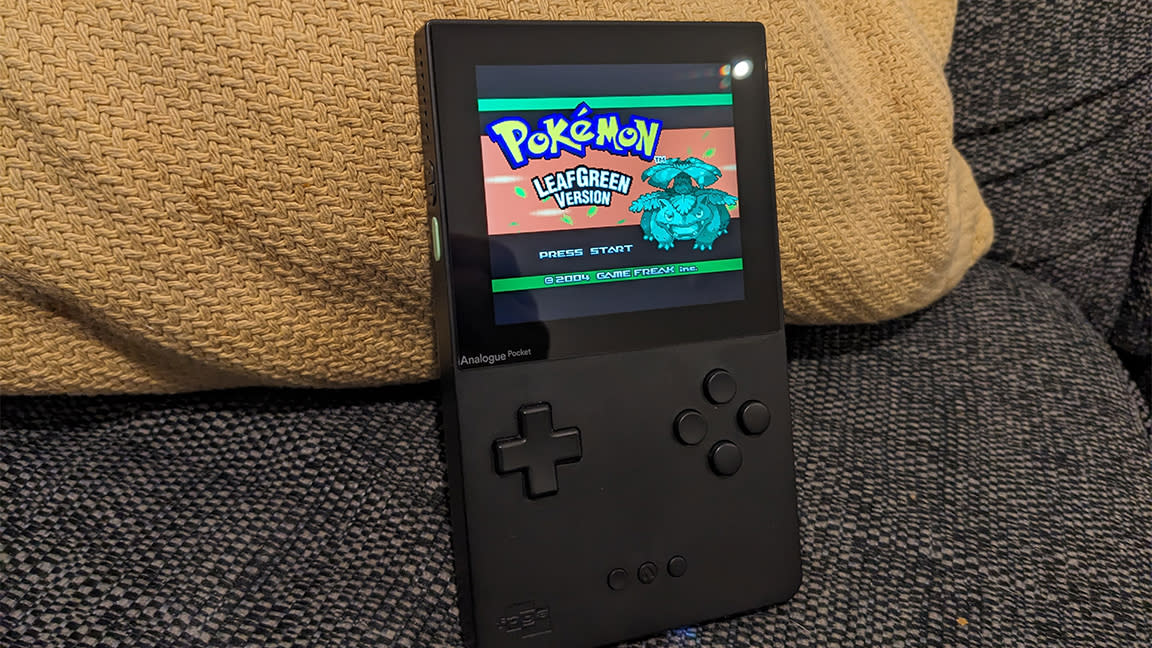
The Analogue Pocket has been a revelation for many retro game fans. Although modern consoles like the Nintendo Switch have since blurred the line between home-based and handheld gaming, there's still a great amount of affection for that era when all things Game Boy brought portable play to the masses. For the longest time, however, a reliable way to play original, Colour and Advance cartridges didn’t exist outside of using the original hardware – that is until the Analogue Pocket arrived on scene.
I've had my hands on one for just over a year now, and can confidently say that it's now my go-to way to experience all three Game Boy eras, and one of the best retro consoles I've used. This is primarily because Analogue's products use a chip based on a unique technology called FGPA (Field Programmable Gate Array), which circumvents the need to emulate games. Rather, the Analogue Pocket looks and feels just as great to play as Nintendo's handhelds ever did as it actually reads game files off the cartridge.
As such, the Analogue Pocket currently serves as the most premium-feeling way to play the Game Boy libraries, ideal for both existing collectors or anyone hoping to build up their own physical library. It might cost a pretty penny compared to emulation options, but in so many ways the Analogue Pocket has set a new standard for what we should expect from modern handheld retro gaming.
Analogue Pocket review: in the box
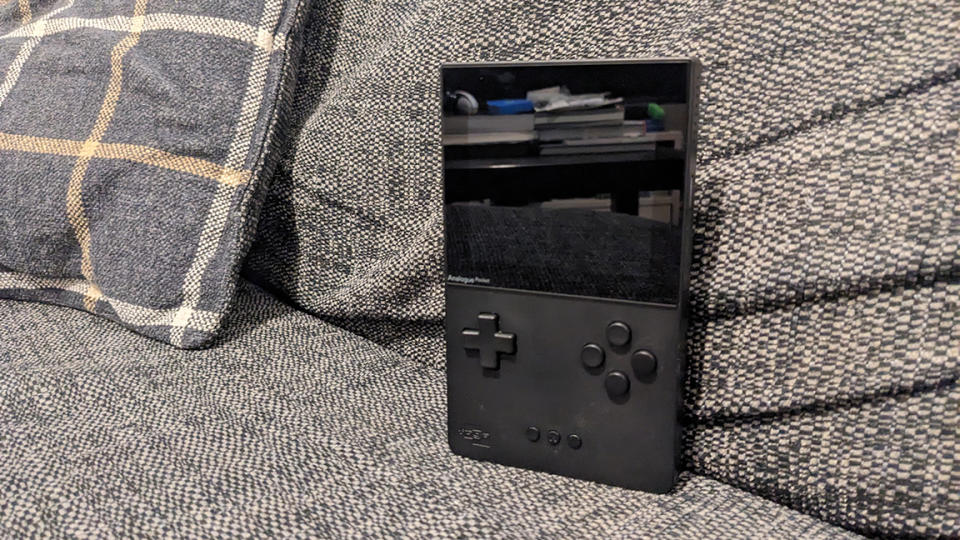
Much like the actual unit itself, the Analogue Pocket packaging gives off a minimalistic impression right away. Because aside from the console all you're treated to is a USB-C cable needed for charging, as well as some stickers of the Analogue and FGPA logos, and a small QR card leading to an online start-up guide. Fortunately, setting it up is incredibly straightforward, and you can just insert a cartridge to get immediately started if you want to.
Things get more complicated should you choose to purchase optional extras like an impact resistant hard case, tempered glass screen protector or fast-charging power supply. Honestly though? Third-party cases are far cheaper with a lot of cool designs in my experience, and the Analogue Pocke's battery life is extremely generous (even in rest mode) that I never once craved fast charging. The Analogue Dock, however, which lets you run games on a TV via HDMI will surely tempt some.
Analogue Pocket review: design and build
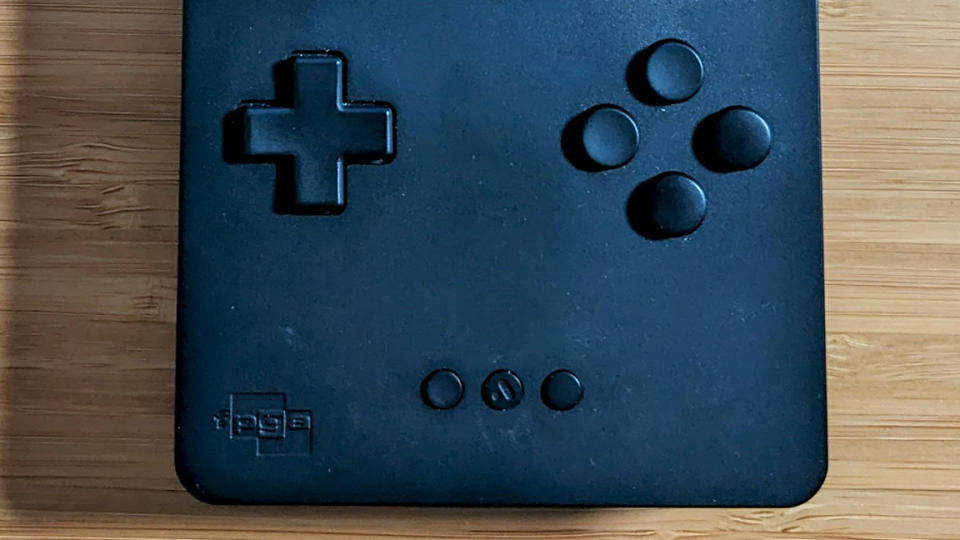
Holding the Analogue Pocket in my hands always feels weighty in a way the Game Boy Colour or even Game Boy Advance SP never did. This helps give it an excellent premium feel and level of build quality that makes it feel worth the $249.99 standalone purchase price. Design-wise it expertly emulates the look of the original Game Boy unit but smartly shrinks it down a tad and sands off some of its rougher edges.
The Analogue Pocket apes the same front-facing design of having a D-pad, a start and select button, and square screen, but increases the number of face buttons from two to four and adds two shoulder buttons at the back (most useful when playing Game Boy Advance titles). Most give an extremely satisfying level of feedback when pressed, aside from the shoulder buttons that feel spongy by comparison. The D-pad also is a bit rickety, otherwise letting down what is a beautifully made portable machine in all other aspects.
Analogue Pocket review: performance
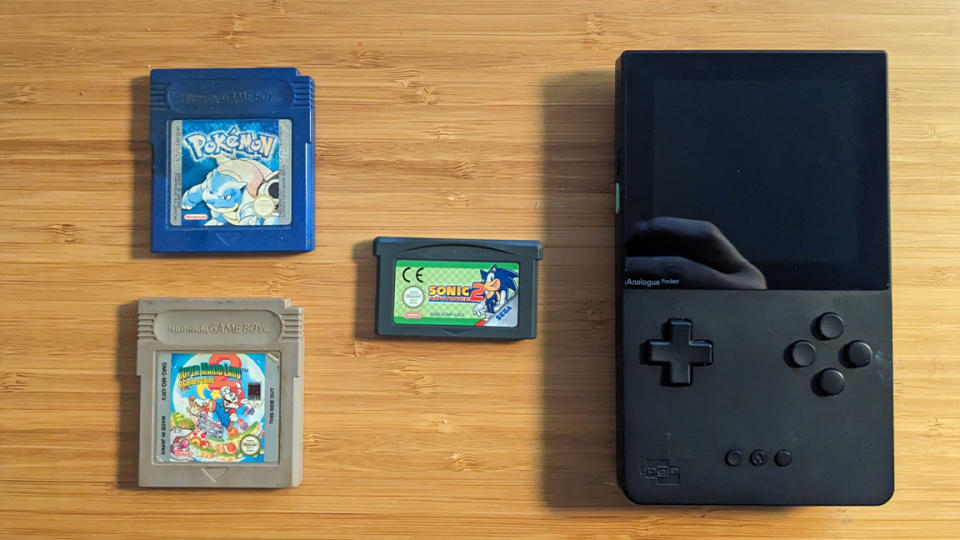
Clicking a Game Boy cartridge into the back of the Analogue Pocket and watching a 20-year-old game illuminated on the device’s gorgeous 3.5-inch, 615 ppi, LCD screen is always a treat. After all, this is a modern handheld that achieves 160 x 1440p resolution – far beyond anything Nintendo’s original hardware was capable of.
This combines with a better degree of brightness that the systems without a backlight have always sorely needed, truly breathing new life in these classic handheld games. The likes of Pokémon Blue, Wario Land, Metroid: Fusion and others have never looked better.
The same can be said for the way they play, again due to the fact that the games themselves aren’t being emulated but rather being read legitimately off the cart. This results in next to no latency or lack of response time while playing, ensuring you can always play accurately in genres like platformers and racing games where reaction times matter a lot. Overall, the Analogue Pocket's game-playing performance is second to none.
Analogue Pocket review: should I buy one?
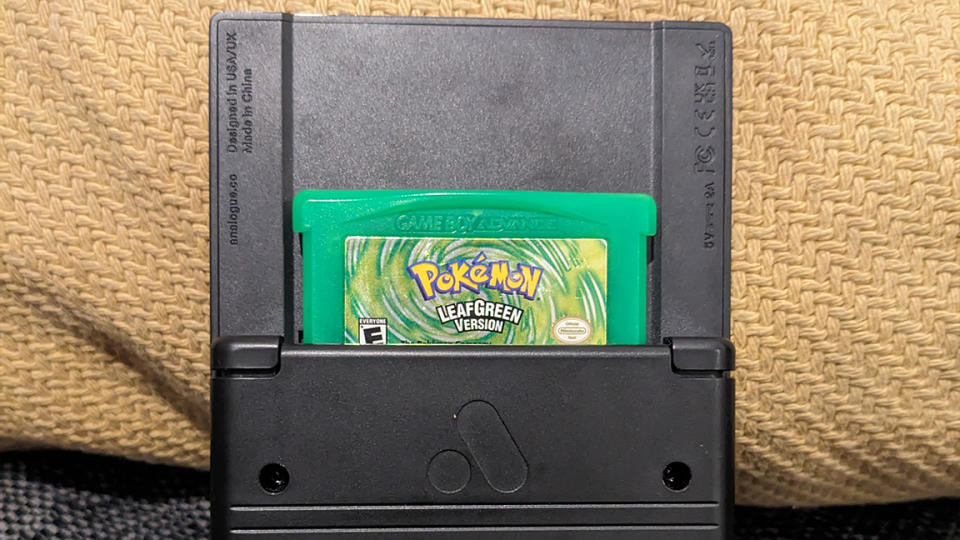
If you grew up with anyone of Nintendo's three main Game Boy systems then yes, absolutely you should buy an Analogue Pocket. Because, despite its admittedly high $249.99 price point, what you get is the ability to bring a new lease of life into either your new or existing library of original Game Boy, Colour and Advance games.
There are of course cheaper alternatives such as the Game Boy-sized Hyper Mega Tech! Super Pocket with its licensed Taito and Capcom games and Evercade carts, for $59 / £49. But, Analogue Pocket is a higher quality handheld with the prospect of more and better emulation - if that's something that interests you, as Analogue opens up more FGPA cores via updates. As is, however, the Analogue Pocket is worth buying for Game Boy devotees.

